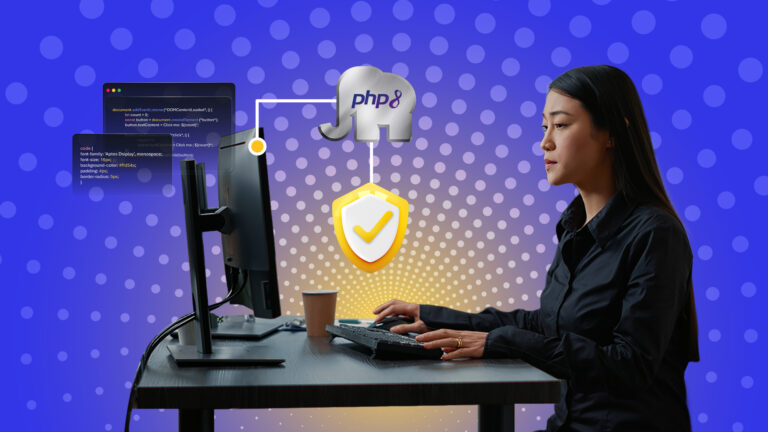Microsoft Power BI is a suite of business intelligence (BI), reporting, and data visualization services. Using Microsoft Power BI, you can visualize your data and share insights across your organization or embed them in your apps or websites. The solution includes several products and services, and value comes from leveraging how they work together.
Microsoft Power BI stands out with its streamlined publication and distribution capabilities. For Microsoft users, it seamlessly integrates with other Microsoft products and services. Is Microsoft Power BI right for your organization? Read on to find out.
You can transform unrelated sources of data into coherent, visually immersive, and interactive insights using Microsoft Power BI’s software services, apps, and connectors. Excel spreadsheets, cloud-based hybrid data warehouses, and on-premises data warehouses can all be used to store your data. Using Microsoft Power BI, you can easily connect to your data sources, visualize and discover what’s important, and share it with anyone or everyone.
There are several components to Microsoft Power BI, starting with these three basics:
- Power BI Desktop – A free, self-service tool for data analysis and report authoring that runs on Windows computers. To create interactive visuals, it can connect to more than 70 on-premises and cloud data sources. Power BI Desktop is used by data scientists and developers to create reports and make them available to the Power BI service.
- Power BI service – an online SaaS (Software as a Service) which allows users to view dashboards, reports, and Power BI apps using a web browser. Power BI service combines related dashboards and reports as a Microsoft cloud-hosted service.
- Power BI mobile apps – Users can connect to and interact with data using Power BI mobile apps on iOS, Android, and Windows 10 mobile devices.
Microsoft Power BI may be used differently depending on your role in a project or on a team.
Reports and dashboards might be your primary use of the Power BI service. You might have a coworker who creates business reports using Power BI Desktop or Power BI Report Builder, then publishes the reports to the Power BI service, where you view them. Similarly, another coworker in sales might use the Power BI phone app for tracking sales quotas and drilling into new sales leads.
Developers can use Microsoft Power BI APIs to push data into datasets or embed dashboards and reports into custom applications. With Power BI, anyone can create new visuals – easily building it and sharing it with others.
Depending on what feature or service of Microsoft Power BI works best for you, how you use it can vary. The Power BI service offers real-time dashboards that you can use to view inventory and manufacturing progress in real-time, for example, and you can use Power BI Desktop to create reports for your own team about customer engagement statistics. Based on a Power BI dataset, you can create a paginated report of mailable invoices. Microsoft Power BI is flexible and compelling because each feature is available to you.
The three main Microsoft Power BI elements complement each other. All workflows begin with connecting to data sources. You can create a report on the Power BI Desktop. Once you publish that report from Power BI Desktop, it can be accessed and interacted with by business users using the Power BI service and mobile devices.
Understanding what is Microsoft Power BI is the first step in deciding if the software is for you. Once you recognize the possibilities that Microsoft Power BI opens, it’s time to try it yourself and see if it’s a good fit for your organization.
Don’t get left behind. ClinkIT Solutions will help set it up, provide training, and drive more revenue for your business. Learn more about Microsoft Power BI and request a FREE CONSULTATION today.
Partner up with a Multi-Gold Certified Microsoft Partner and Software Services company so you can experience a successful, scalable, and secure workplace – now and for the future.



